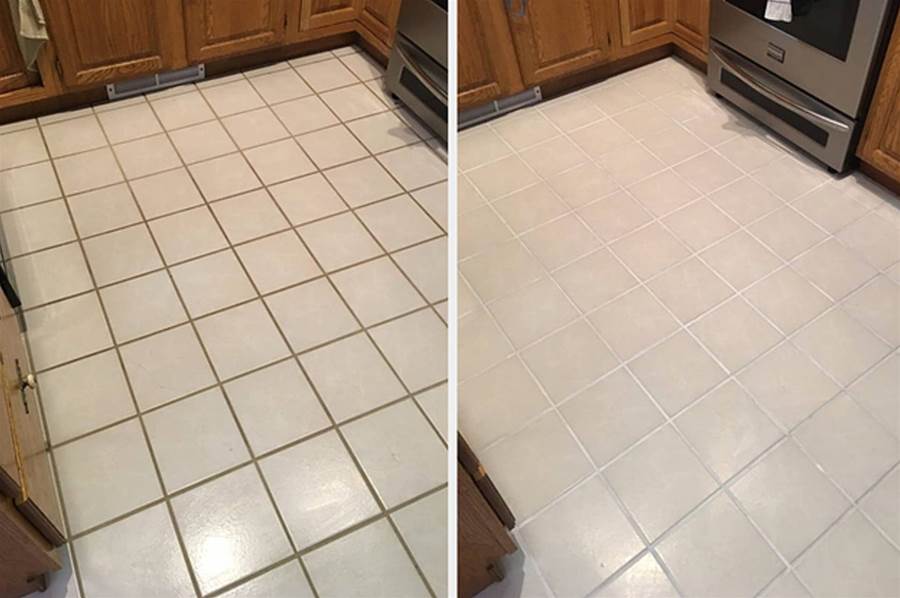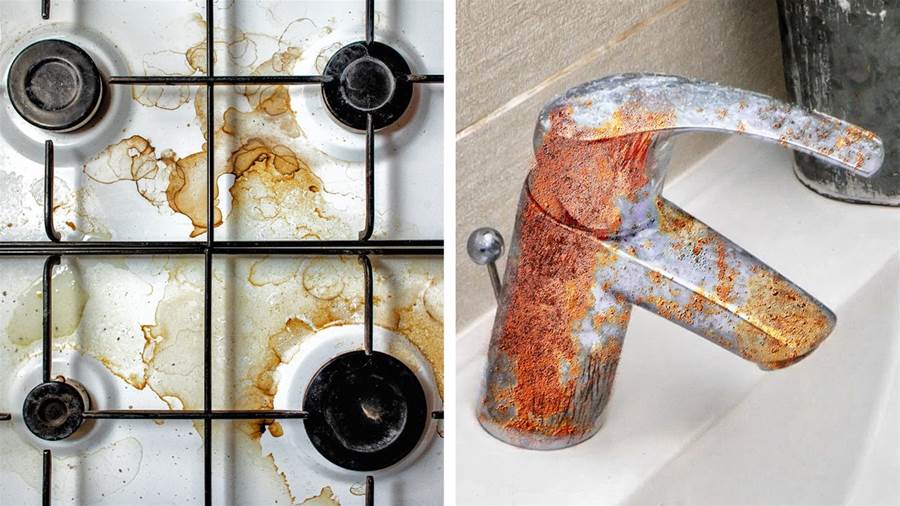18 Easy Spring Cleaning Tips & Hacks to Refresh Your Home in 2024
As spring approaches, it’s the perfect time to tackle your house cleaning with a fresh perspective. While the thought of a deep cleaning session can seem daunting, embracing a few simple and effective tips can make the process enjoyable and manageable. Here’s a guide to 18 easy spring cleaning tips that are not only effective but also eco-friendly, using everyday ingredients to keep your home fresh and free of harsh chemicals.
1. Start With Clean Sponges
Before diving into your spring cleaning, ensure your sponges and scrub brushes are in top shape. Disinfect them by running through the dishwasher on the top rack or soaking in full-strength vinegar for 5 minutes. Rinse thoroughly and let them dry completely. Remember to replace sponges every two weeks to prevent the spread of germs.
2. Deep-Clean Your Microwave
One of the simplest ways to tackle a dirty microwave is by using steam. Fill a glass bowl halfway with water and squeeze in the juice of a lemon.
Microwave on high for 4-5 minutes and let the steam work its magic. Carefully remove the bowl with an oven mitt and wipe down the interior for a spotless finish.
3. Wash Your Pillows and Comforters
Pillows and down comforters need regular cleaning too. Check the care instructions for your specific bedding. Generally, you can wash most pillows and comforters on a delicate cycle with non-toxic detergent. Dry them with dryer balls or clean tennis balls to prevent clumping.
If machine washing isn’t an option, vacuum and spot clean with gentle soap.
4. Freshen Up Your Mattress and Couch
Dust and allergens can accumulate on your mattress and couch. Vacuum the surfaces with an upholstery attachment and sprinkle baking soda over them. Let it sit for 3 hours before vacuuming again. This method helps to deodorize and refresh these items. You can use the same trick on sneakers to keep them fresh.
The article is not finished. Click on the next page to continue.
The article is not finished. Click on the next page to continue.




















